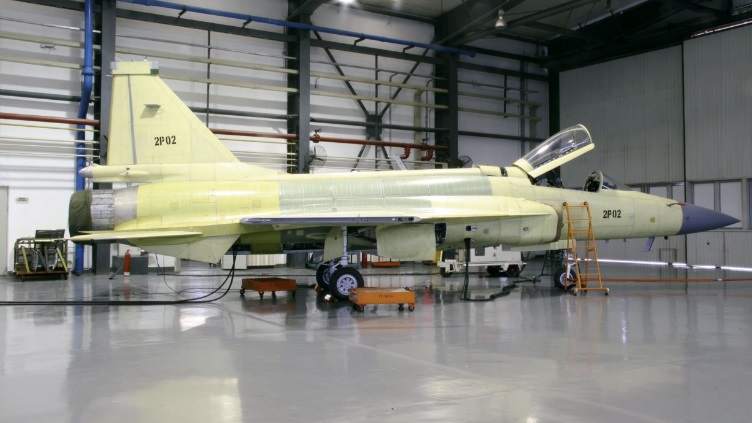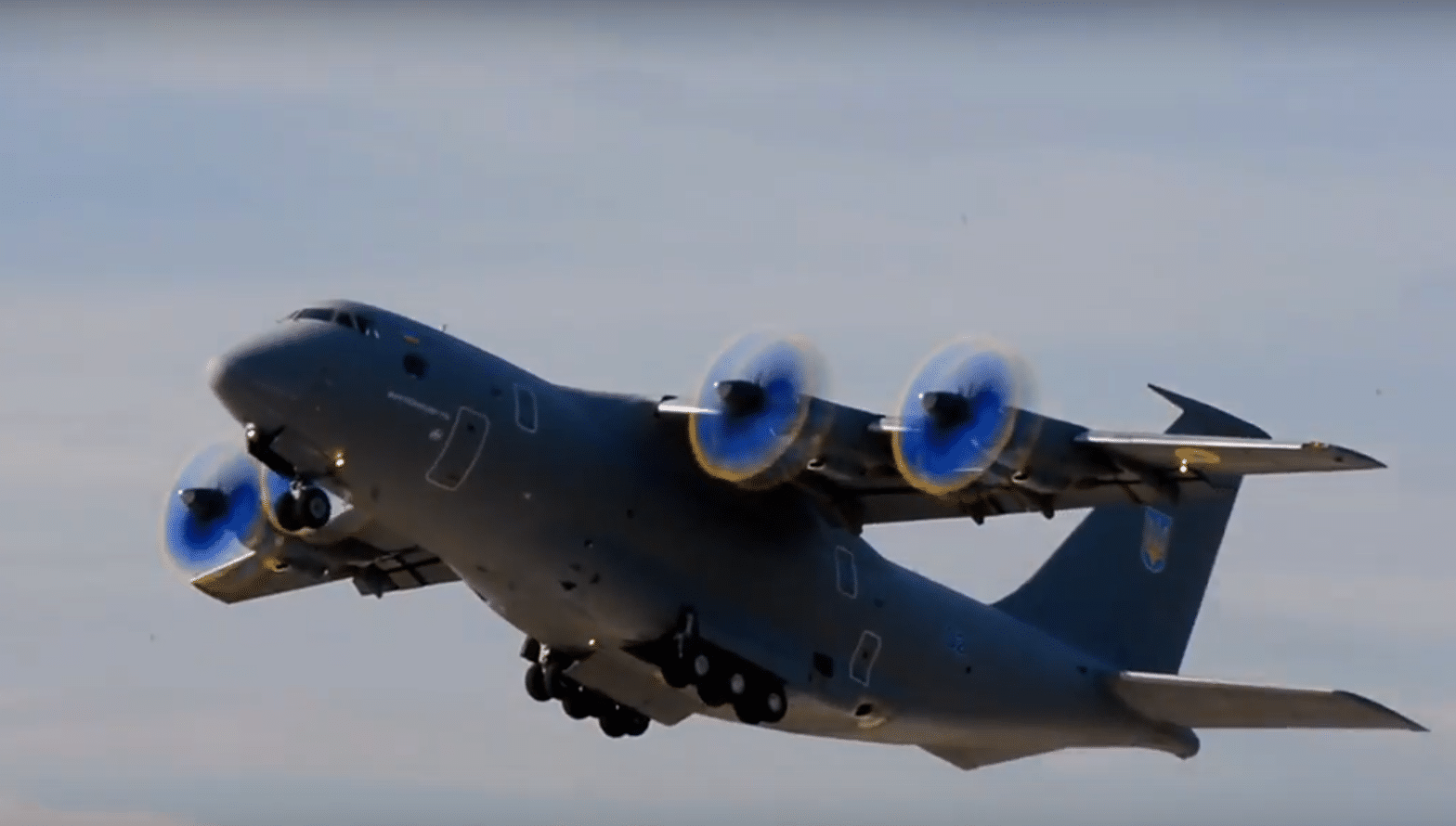2771Views 0Comments

First Hints of AESA Radar on JF-17 Block-III?
By Bilal Khan
DefenseNews published an interesting article the other day about a Chinese firm, NAV Technology, putting out a marketing document showing a fighter radar that is identical to the Israeli Elta ELM-2052 Active Electronically Scanned Array (AESA) radar. I am not going discuss the topic, but I do recommend you read it, to acquire an understanding of the many ways in which Western military technology can flow into China, if nothing else. That said, there are some specific tidbits in the article that are worth exploring from the angle of Pakistan, China’s biggest and most high-profile arms customer.
The first issue is whether this controversy sheds light into the JF-17 Block-III’s AESA radar. For some background, radars built on AESA technology are increasingly becoming prevalent, especially on 4.5 and 5th generation aircraft such as the Dassault Rafale and Lockheed Martin F-35, respectively. As you might imagine, AESA radars are fairly complex and expensive systems, but they offer substantial performance improvements over today’s pulse-Doppler radars.
It would take a couple of pieces to properly explore AESA radar technology on fighters, but the short of it is that AESA radars help greatly against jamming and radar detection by one’s enemies. In the case of the Pakistan Air Force (PAF)’s JF-17s, this would be an important gain in that it would enable the JF-17 Block-III to better handle fighters with effective electronic warfare suites, such as the Su-30MKI. The JF-17 Block-III (currently under development) is slotted to have an AESA radar as well as a Helmet Mounted Display/Sight (HMD/S) system and possibly even an Infrared Search and Track (IRST) pod. I will explore the JF-17 Block-III in one of my upcoming weekly reports, but as you can see, it is going to be a substantial upgrade over the Block-I currently service and the Block-II joining in the coming months.
Details into the AESA radar program on the JF-17 Block-III are scarce. The brochure the PAF was handing out at the previous Paris Air Show reported that the Anglo-Italian firm Selex Galileo was in the running. But retired PAF Air Commodore Kasier Tufail brought up an interesting point to DefenseNews, “Given the Western concerns about transfer of sensitive technology, which could find its way further east, I think we may have had no other option but to buy Chinese.”
If I could add, there are probably a few additional issues for the PAF with sourcing a Western solution. The most glaring is the specter of arms sanctions, and the threshold on Pakistan is remarkably thin. It took a dispute with India in 1965 to have Pakistan cut-off from a steady supply of spare-parts and replacements for its fighter aircraft. It was Pakistan’s desire to counteract India’s nuclear capability that got it pummeled by the Pressler Amendments in the 1990s. Even today, despite what I imagine the White House, State Department and Pentagon would consider indispensable service on Pakistan’s part to fight the Taliban, there are American policy thinkers itching to sanction the country, such as the writers of
this Foreign Affairs piece:
…. A strategy of containment is the United States’ best option. Above all, U.S. relations with Pakistan should be premised on the understanding that Pakistan is a hostile state, rather than an ally or a partner …
To that end, the United States should stop supplying Pakistan with strategic weapons systems, and it should prevent Pakistan from replacing and repairing those pieces of equipment that it has already received. …
This is reality that Pakistan’s defence planners have to deal with every single day. In fact, I imagine the situation would be much easier to deal with in times of sanctions, as at least then, the fear of sanctions affecting newly bought weapon systems would not be an issue. When it comes to critical subsystems such as radars, I imagine transfer of technology (enabling local production) would be of critical importance. If the supplier is not the kind to commit to a commercial relationship in times of difficulty (unlike Russia, China and even France, to an extent), then there truly is little point in acquiring a system off-the-shelf from them. For those reasons, I believe the Selex Galileo option can safely be ruled out.
Returning to the DefenseNews piece, I think the following statement by the JF-17 marketing and communications lead, Air Commodore Khalid Mahmood, clearly indicates that the AESA radar is Chinese.
The head of the JF-17 sales and marketing team, Air Commodore Khalid Mahmood, would not comment specifically on any progress being made on acquiring an AESA radar for the JF-17 Block III beyond saying, “The AESA radar project is making steady progress. Installation of the radar will add significantly to the combat potential of our aircraft.”
The point is obvious. There is an active radar program, the PAF has been keeping close tabs on its progress, and there is only one vendor with whom the PAF is that close to, China. And it makes sense in other levels as well. Of all the options available, I imagine the PAF would find it easiest dealing with the Chinese when it comes to integrating weapon-systems of its choice. Western suppliers are tied to a mix of political and commercial interests (e.g. Thales is close to the munitions supplier MBDA, both are French companies). Should the PAF desire it, I also think the Chinese would be more forthcoming with allowing Pakistan to license manufacture their radar, they reportedly let it produce the Block-I’s KLJ-7.
I will be very interested in seeing how much of a range and engagement improvement this new radar will offer to the JF-17 Block-III. If it can touch 200km and offer enough resistance to enemy jamming and radar detection, it would be a truly decisive gain for the PAF.


